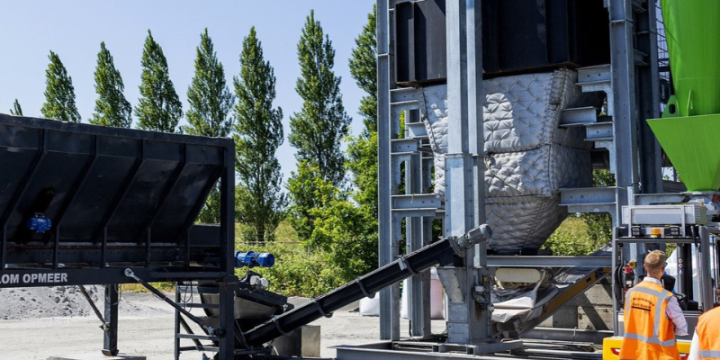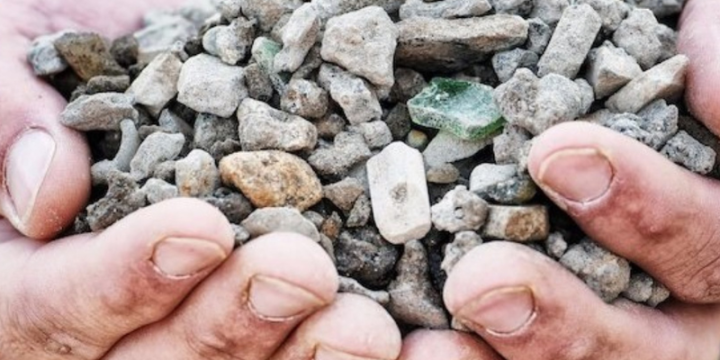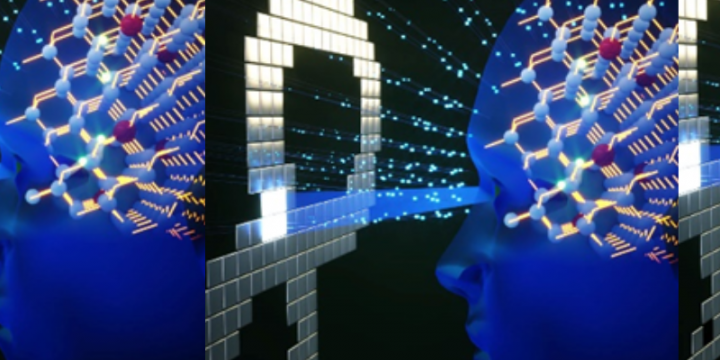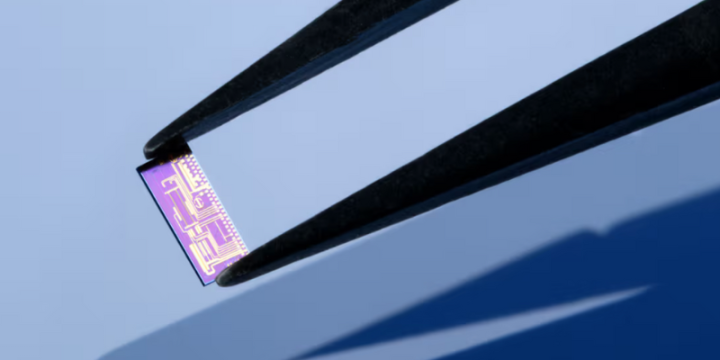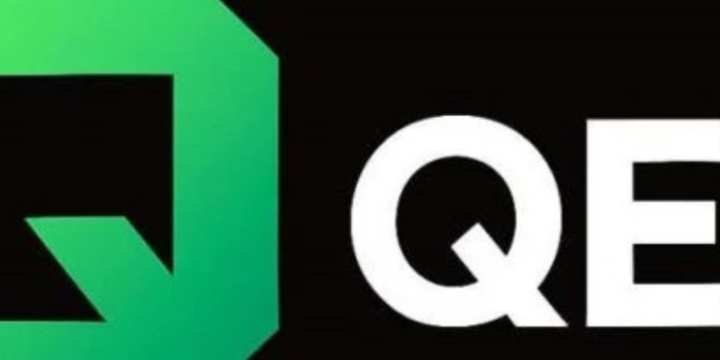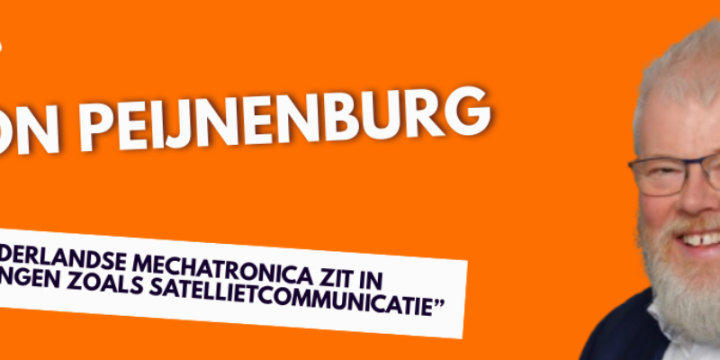Innovation
Innovation is essential for the Netherlands. We are working on smart innovations to address urgent transitions: Dutch solutions for global challenges. With technological innovation and unique expertise, we, as a country, anticipate future safety, autonomy, job security, and income. Holland High Tech amplifies the impact of innovation. Discover more about how we do this through our focus on urgent transitions and the innovation domains that provide solutions.





